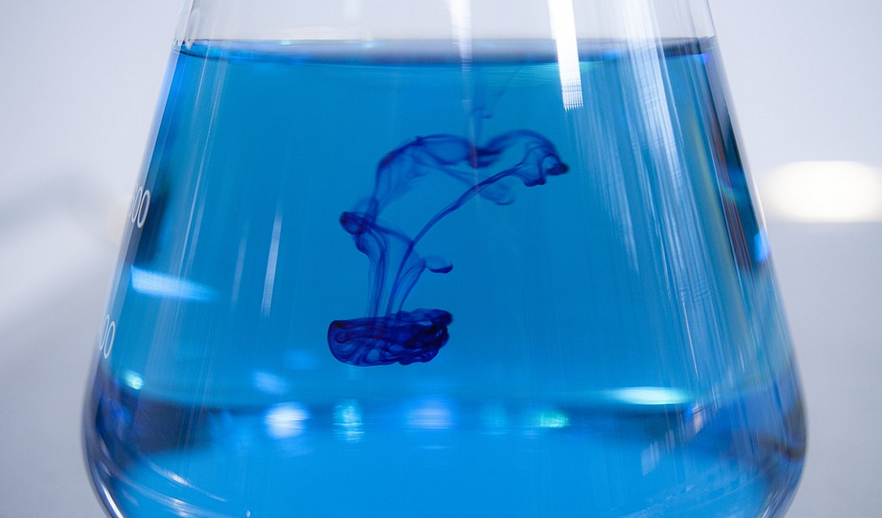Introduction
Chemical structures are the backbone of chemistry. They provide a visual representation of the atoms and bonds that make up a molecule. However, for many people, understanding the chemical structure is not enough. They want to know the name of the molecule. In this article, we will discuss how to convert chemical structures to names.
What is Chemical Nomenclature?
Chemical nomenclature is the set of rules used to name chemical compounds. The rules are established by the International Union of Pure and Applied Chemistry (IUPAC). The goal of chemical nomenclature is to provide a standardized way of naming compounds that is universally understood.
Step 1: Identify the Functional Groups
The first step in converting a chemical structure to a name is to identify the functional groups. Functional groups are specific arrangements of atoms that give a molecule its chemical properties. Examples of functional groups include alcohols, aldehydes, and carboxylic acids.
Step 2: Identify the Longest Carbon Chain
The next step is to identify the longest carbon chain in the molecule. This chain is called the parent chain. The parent chain is used as the basis for naming the molecule.
Step 3: Number the Carbon Atoms
Once the parent chain has been identified, the next step is to number the carbon atoms. The carbon atoms are numbered from the end closest to a functional group. The numbering should be done in such a way that the functional group has the lowest possible number.
Step 4: Name the Functional Groups
After numbering the carbon atoms, the next step is to name the functional groups. The name of the functional group is added as a prefix to the name of the parent chain. For example, if the molecule contains a carboxylic acid functional group, the prefix “carboxy” is added to the parent chain name.
Step 5: Name the Substituents
The final step is to name any substituents that are attached to the parent chain. Substituents are groups of atoms that replace a hydrogen atom on the parent chain. The name of the substituent is added as a prefix to the name of the parent chain. For example, if the molecule contains a methyl substituent, the prefix “methyl” is added to the parent chain name.
Conclusion
Converting a chemical structure to a name can seem daunting at first. However, by following the steps outlined in this article, you can easily convert any chemical structure to a name. Remember to identify the functional groups, identify the longest carbon chain, number the carbon atoms, name the functional groups, and name the substituents. With a little practice, you’ll be a chemical nomenclature pro in no time!

